Are you unsure of the difference between drawing and etching? Have you been curious about what exact processes differentiate one from the other? Understanding how to draw and etch can be important for those who are working in commercial art, graphic design or even home decors projects. In this blog post, we’ll explore what draws (no pun intended) a line between these two vital techniques – whether it is the kind of tools used, medium choice, or ease of manipulation – so that you can make informed decisions when creating your next masterpiece!
What is Drawing?
Drawing is a creation made with pencils, pens, charcoals, pastels and other drawing tools. It can be defined as the art of producing images on paper or any other flat surface by using lines and shapes to represent forms, figures, and objects. Drawing has been used for centuries in many different cultures around the world. It can be done either for artistic expression or for communication purposes. [1]
Drawing is often considered a basic skill that needs to be taught and practiced in order to improve. It involves the use of line, value, color, texture and other elements to express ideas or emotions through visual means. Learning to draw can help you develop your creativity and refine your observational skills. Drawing can also be used as a form of self-expression and communication for many artists. Drawing is an art form that can be enjoyed by anyone regardless of age or skill level. Whether you are a beginner, professional or anything in between, there is always something new to learn and explore when it comes to drawing! [2]
What are the Different Types of Drawing?
Drawing is a form of art that uses lines and shapes to create an expression. It can be used to communicate ideas, thoughts, or feelings through marks on paper or canvas. It comes in many different forms, from traditional sketching to more modern techniques such as digital drawing. Here we will take a look at some of the most common types of drawing you may encounter.
- Sketching is a common form of drawing and involves using pencils, charcoal, or other drawing tools to create an image on paper. It allows the artist to quickly capture ideas and expressions on paper before they are forgotten. Sketches can be used as reference for larger works or even stand alone as their own pieces of art. [3]
- Comic Art is a style of drawing that is used to create comic books, graphic novels, and other types of sequential art. Comics often employ a combination of sketches and inked lines to convey emotion and action within the story.
- Illustration refers to the use of drawings or paintings to illustrate stories or concepts for publications such as textbooks, magazines, or newspapers. An illustrator will often work with a writer to create visuals that express the story’s meaning in a unique and interesting way.
- Digital Drawing is created using computer software and tablet devices such as iPads or Cintiqs. Digital drawing can be incredibly versatile in creating art, from clean vector illustrations to photo-real paintings. It has quickly become one of the most popular forms of drawing due to its ease of use and quick results.
- Landscape Drawings portray a scene or landscape on paper or canvas. This type of drawing often requires knowledge of perspective and shading techniques in order to give the image depth and realism. Landscape drawings can range from peaceful rural scenes to bustling urban environments – it all depends on where your imagination takes you!
- Still Life Drawings focus on capturing objects in their natural environments. This type of drawing requires the artist to closely observe the objects they are drawing, paying particular attention to lighting and shadows in order to capture a realistic image. Still life drawings can range from simple sketches of everyday items like cups and bowls, to more complex pieces featuring intricate vases or artifacts.
- Cartooning is an art form that uses drawings to create humorous or exaggerated characters and scenes. Cartooning often uses bold lines, bright colors, and exaggerated proportions to create a whimsical effect that is sure to bring a smile to your face.
- Abstract Art is an art form that focuses on creating works of art without any reference to reality or recognizable objects. Abstract artists will often use shapes, lines, and colors to convey an emotion or idea without directly depicting anything in particular. Abstract art can be a great way to explore your creativity and imagination – no rules or reference points necessary! [4]
How to Learn to Draw Beautifully?
Drawing is a creative and enjoyable activity that everyone can learn. With the right materials, techniques, and instructions, you can become an amazing artist in no time. Here are some tips on how to learn to draw beautifully.
- Get started with the basics: Before attempting anything complicated or detailed, it’s important to first master the fundamentals of drawing. Learn how to use a pencil, hold it at the right angle, and create different lines.
- Take classes: Taking drawing classes is one of the best ways to learn how to draw. You’ll gain knowledge from experienced instructors and interact with other aspiring artists in a creative environment. Classes can range from basic introductory courses to more advanced classes on particular subjects such as still life drawing, figure drawing, and more.
- Practice: It’s important to practice your skills regularly. Take some time each day to draw from observation or imagination. If you’re not sure what to draw, look at photos of objects, animals, and people for inspiration.
- Experiment with materials: Drawing is a great way to explore different mediums such as watercolor, pastels, and charcoal. Experiment with different materials to learn what techniques work best for you.
- Use reference material: Reference material such as anatomy books or photographs can help you get a better understanding of the subject you’re drawing. They can also provide inspiration when you’re feeling stuck or uninspired.
- Have fun: Drawing should be an enjoyable experience so don’t get too caught up in trying to make the perfect drawing. Have fun and experiment with new techniques to discover what works best for you.
- Set goals: Setting small, achievable goals can help you stay motivated and focused on your art practice. When it comes to learning how to draw beautifully, give yourself time to learn and progress. Don’t expect perfection right away. With practice and patience, you’ll be able to create beautiful pieces of art in no time.
- Join an online community: Joining a drawing group or online community can help you stay motivated and inspired as well as provide support from other artists. This is also a great way to connect with like-minded people who enjoy drawing. [5]
What is Etching?
Etching is a method of intaglio printmaking, which involves incising an image into a metal plate or other material. The etching process was invented in the 15th century, and has been used ever since to create intricate images for artwork and prints.
The process is very customizable and gives the artist a great deal of control over the end product, allowing them to create prints that are precisely detailed and with subtle variations of color. Etching is also highly adaptable, as it can be used for both abstract designs and accurate representations of nature or everyday objects.
Etching has been used to create some of the most iconic pieces of art in history, including Rembrandt’s The Night Watch and Pablo Picasso’s Guernica. While the process has been used for centuries, it is still a popular choice among modern artists looking to produce finely detailed prints. [6]
What Types of Etching Are Distinguished?
Etching can be classified into two main categories: mechanical etching and chemical etching
Mechanical Etching
Mechanical etching is the process of using a tool, such as a burin or stylus, to draw or “etch” an image onto a surface. This method has been used for centuries and even predates chemical etching. It’s most commonly used on metal surfaces but can also be used on wood, stone and other materials. The process involves creating a design on the surface and then using a tool to scratch away at the surface, removing small bits of material to create the desired image.
Chemical Etching
Chemical etching is a more recent innovation than mechanical etching and it involves using chemicals such as acid or alkali to etch an image onto a surface. This method is commonly used for creating images onto metal surfaces, such as signage or plaques. The process involves applying the chemical to the surface and then using a template to create the desired image. Once the chemical has been applied and allowed to etch away at the surface, it can be washed off and the image revealed. Chemical etching is more precise and detailed than mechanical etching and it can produce a high-quality image. It’s also faster to complete, making it a popular choice for many applications. [7]
How to Learn to Etch Professionally?
One of the most important steps you can take to become an excellent etcher is to develop your understanding of the craft. Learning how to use the tools, materials, and techniques that go into creating a beautiful piece of art requires a lot of practice and dedication. Fortunately, there are a variety of ways to learn how to etch professionally:
- Take classes or workshops: Most cities offer classes and workshops on etching techniques, with experienced professionals who can teach you the basics. If you want to learn etching in-depth, these classes are a great way to start. Plus, they often include hands-on practice so you can get used to working with the tools and materials.
- Invest in resources: Books and online courses provide a great opportunity to learn about etching at your own pace. There are a variety of resources for beginners as well as advanced practitioners, so you can get the information you need to become an accomplished artist.
- Find a mentor: Having an experienced professional take you under their wing is one of the best ways to become a proficient etcher. You can learn from their techniques, get advice on how to find the right tools and materials, and even receive constructive feedback on your work.
- Practice: The key to becoming an expert at etching is practice. Don’t be afraid to experiment and make mistakes – this will help you develop your own unique style and technique. And, most importantly, have fun! With enough dedication, you can become an excellent professional etcher. [8]
Key Difference Between Etching and Drawing
Etching and drawing are two art forms that have been around for centuries. While they may seem similar at first glance, there are some key differences between them. Etching is a process where an artist uses acid to etch lines into metal plates or other materials, while drawing involves using pencils, pens, markers or other tools to create an image on paper
The etching process requires more skill and precision than drawing, as the artist must use a variety of tools to create the desired effect. This can include using different types of acid, utilizing various techniques such as aquatint or drypoint, and controlling the amount of pressure applied to the plate. Drawing is much simpler and can be done with only a pencil or pen. The edges of an etching will be much sharper and cleaner than those created by a pencil or pen, as the acid cuts into the metal creating a precise and detailed image. On the other hand, drawings may have softer, less defined lines due to bleeding or smudging of the graphite or ink.
When it comes to cost, etching is usually more expensive due to the cost of materials and time spent creating the artwork, whereas drawing is typically cheaper and can be done with basic supplies. [9]
FAQs
How is etching similar to drawing?
Etching and drawing are both art forms that have been used to create beautiful images, but they differ in a few key ways. Etching is a process where an artist uses acid or other chemicals to etch lines into metal plates or other materials, while drawing involves using pencils, pens, markers or other tools to create an image on paper. The depth of the lines created in etching is usually greater than those made by drawing because acid has more strength than graphite or ink. Etchings also have a longer life expectancy due to their durability and resistance to water.
What is the difference between etching and printing?
Printing is the process of transferring an image, design, or text onto a surface by pressing it down with ink or other material. This can be done using various methods such as screen-printing, lithography, intaglio, and relief
Etching, on the other hand, is a more artistic method of creating an image. This involves incising an image onto a metal or stone surface through the use of chemical reactions that corrode the surface and create a design. The process of etching can be used to create highly detailed images which are then transferred onto surfaces such as paper or fabric.
Is etching a style of art?
Etching is definitely a style of art. It involves using sharp tools to cut lines into the surface of metal or glass. The artist then takes this design and inks it, which creates an impression of the initial design that can be seen more clearly. Etching has been used since ancient times as a form of artistic expression, often for printing illustrations andtext. There are many modern artists who use etching to create their works, and the technique has become popular as a way to add intricate designs or textures to art pieces.
What distinguishes etching?
Etching is a unique form of printmaking that produces an image by incising into a metal or stone surface and using acid to create a design. The process involves placing a metal plate in a bath of acid, then scratching off areas of the metal to create a design. When the etching is printed, it has an incredibly unique look and feel that makes it stand out among other forms of printmaking.
Useful Video: Difference Between Painting & Etching : Drawing & Art
Final Thoughts
It is clear that there are many differences between drawing and etching. However, it is also evident that both of these activities require patience, precision and dedication. Those interested in either activity should take the time to explore the tools and techniques available to them in order to gain a proper understanding of the differences between the two. No matter which form of art you choose, it is important to remember that with practice and perseverance, anyone can learn how to use both mediums successfully. Whether you’re a budding artist or experienced professional, mastering the skill of drawing and etching will provide endless opportunities for creative expression. With time and dedication, the possibilities for your work become truly limitless.
References:
- https://www.eden-gallery.com/news/what-is-drawing
- https://artincontext.org/what-is-drawing/
- https://www.indeed.com/career-advice/career-development/types-of-drawing
- https://mymodernmet.com/drawing-styles/
- https://www.wikihow.com/Get-Good-at-Drawing
- https://www.metmuseum.org/about-the-met/collection-areas/drawings-and-prints/materials-and-techniques/printmaking/etching
- https://www.wevolver.com/article/dry-etching-vs-wet-etching-everything-you-need-to-know
- https://www.jackierstudio.com/how-do-you-become-a-professional-engraver/
- https://wastedtalentinc.com/how-is-etching-similar-to-drawing/

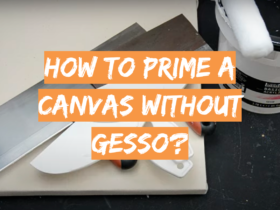



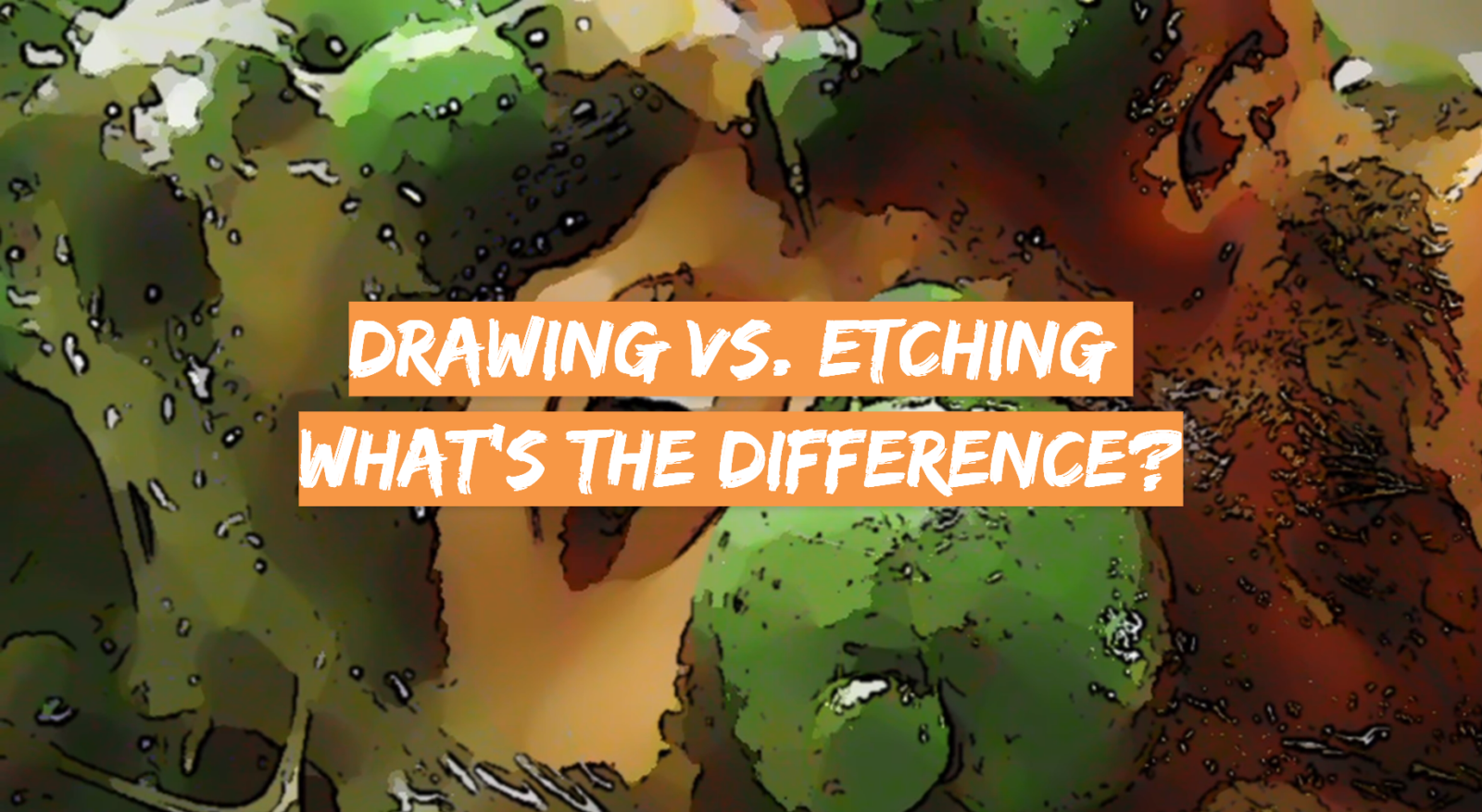



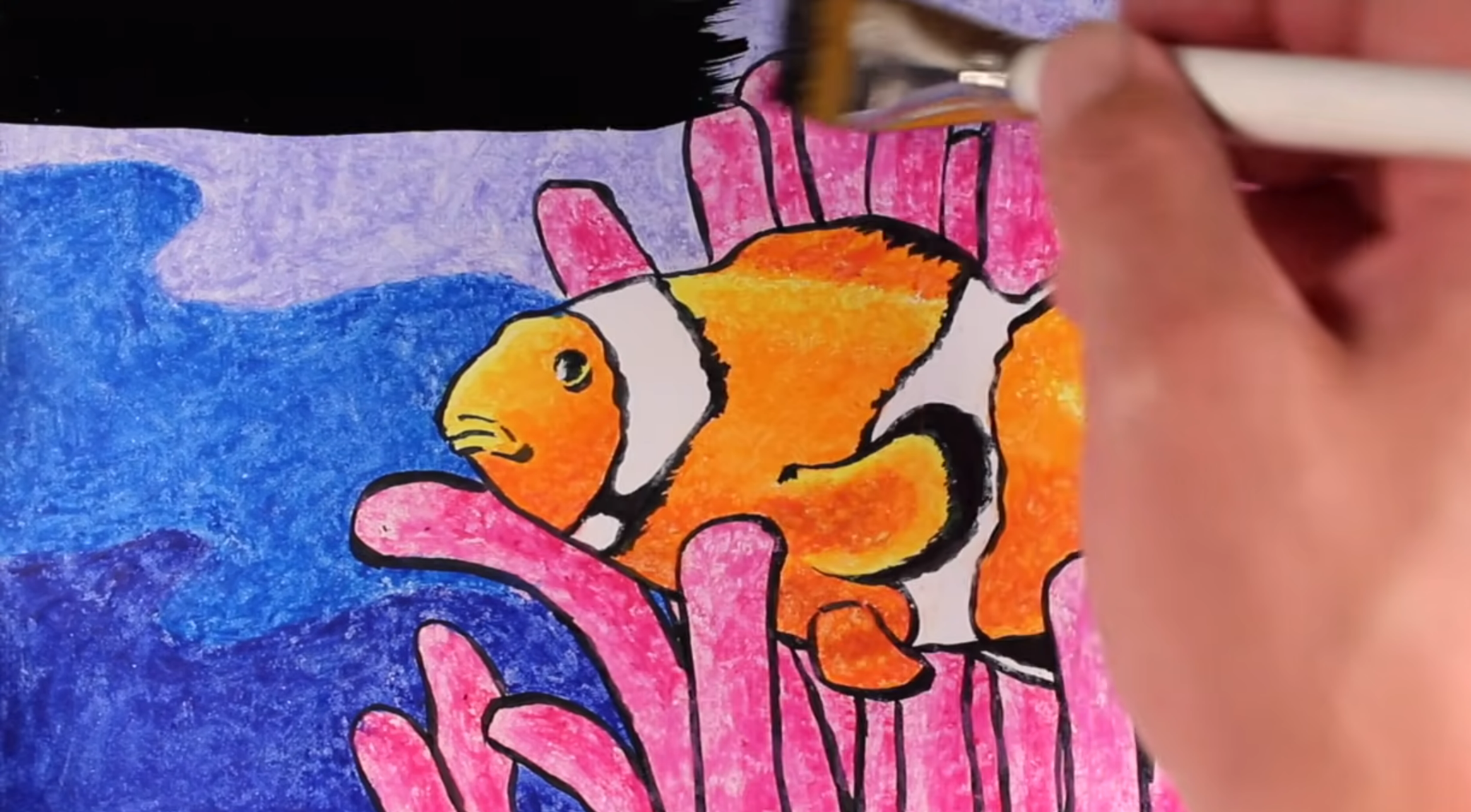
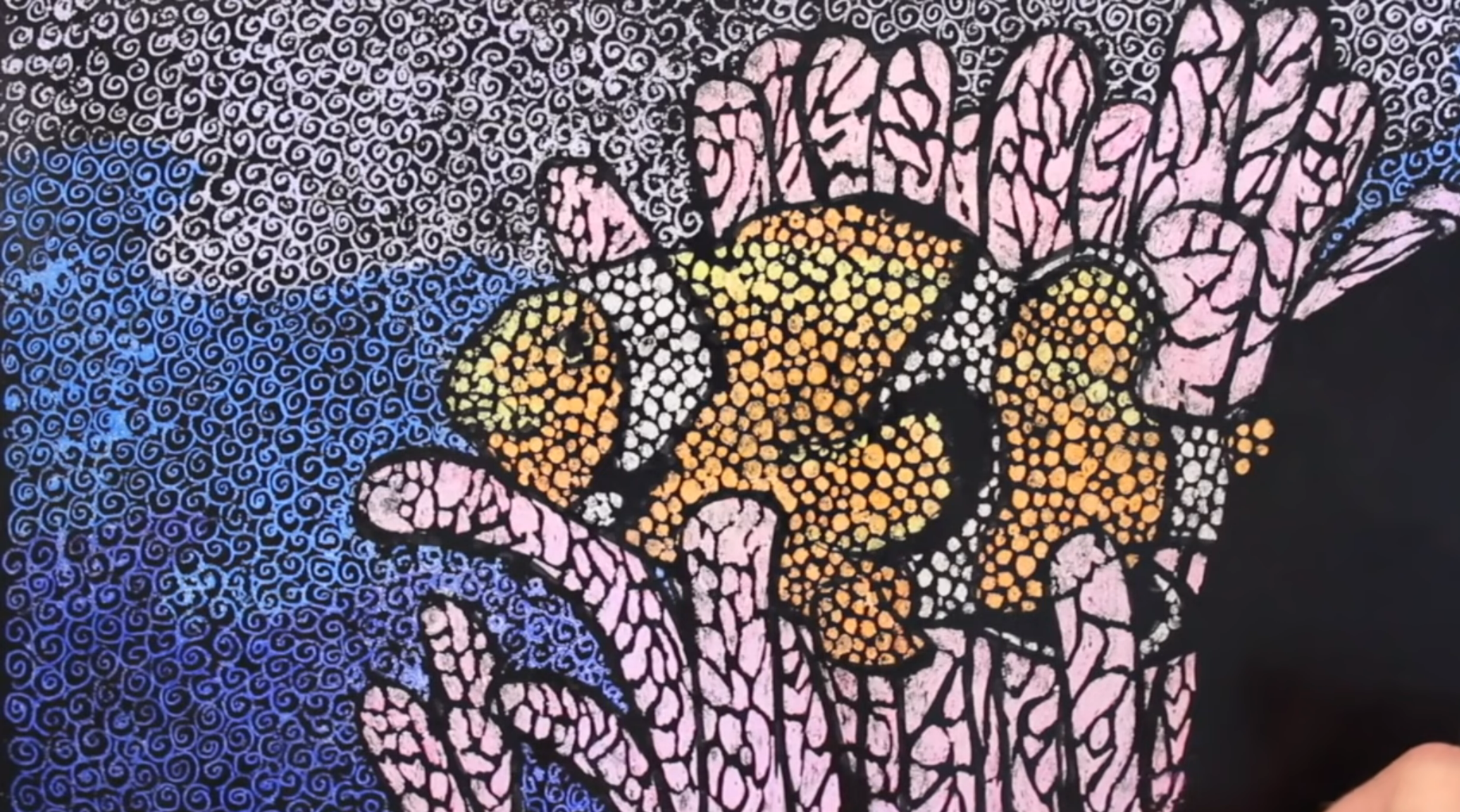
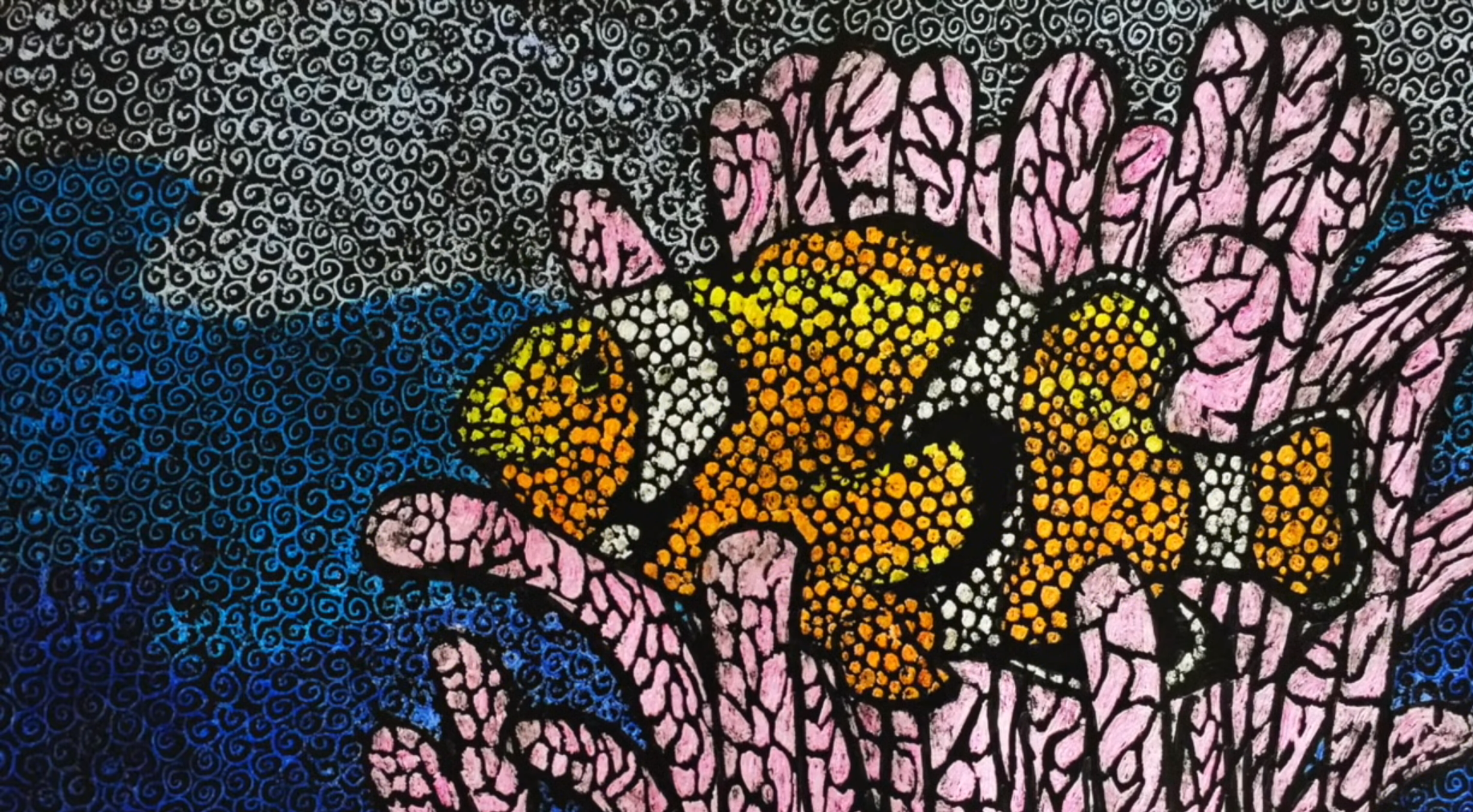
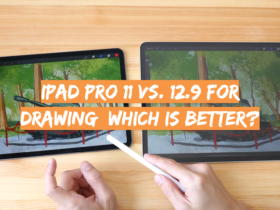
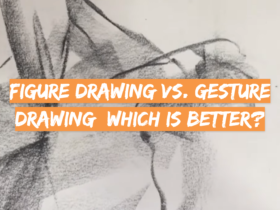
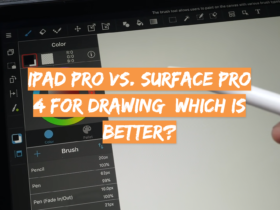
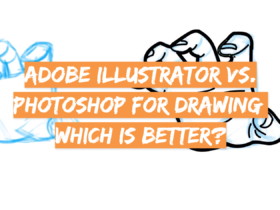
Leave a Review